
TIME asked artist, writer and musician Patti Smith, one of this year’s TIME 100 honorees, to tell us about her life in front of the lens. Smith shares some of her personal photographs and offers photographers some advice, from a subject’s point of view.
To be the subject of a photographer, whether artist or blessed amateur, is a privilege and a joy. I was delighted as a child to sit for my first portrait. It made me feel special. As a teenager I posed for my siblings in dramatic lighting borrowed from James Whale and film-noir.
In the late sixties, before the conspiratorial lens of Judy Linn, I referenced French New Wave. My schoolmate Frank Stefanko shot me as I first tread upon the road of Rock and Roll. Kate Simon documented the early steps in black and white. Lynn Goldsmith often joined my band on the road and within her studio we shot the atmosphere of Easter, joyfully in color.
There have been so many moments of collaboration, both intense and ebullient, allowing me to experience a sense of being a muse, a hot shot, or merely myself. In 1978, Annie Leibovitz shot me in New Orleans behind a small wall of flame for the cover of Rolling Stone magazine. In the early eighties, my only photographer was my late husband, Fred Sonic Smith. After Fred’s untimely death, Steven Sebring documented my way back to public life. Michael Stipe photographed my first tour with Bob Dylan. Bruce Weber shot me in a ballet gown and jewels worthy of the throat of Liz Taylor. Oliver Ray, who took the cover picture for Peace and Notice, snapped a moment as I posed for Richard Avedon for the New Yorker.
Finally, I must speak of Robert Mapplethorpe. I was his first model, a fact that fills me with pride. The photographs he took of me contain a depth of mutual love and trust inseparable from the image. His work magnifies his love for his subject and his obsession with light.
So, as one who has stood before the camera of many artists and friends, I can only advise a photographer to love his subject, and if this is not possible, love the light that surrounds her.
—By Patti Smith
Marco Grob’s portrait of Smith for this year’s TIME 100 can be viewed here.
Smith’s memoir Just Kids is published by Ecco.
Judy Linn’s book of portraits, Patti Smith 1969-1976, published by Abrams Books can be purchase here.



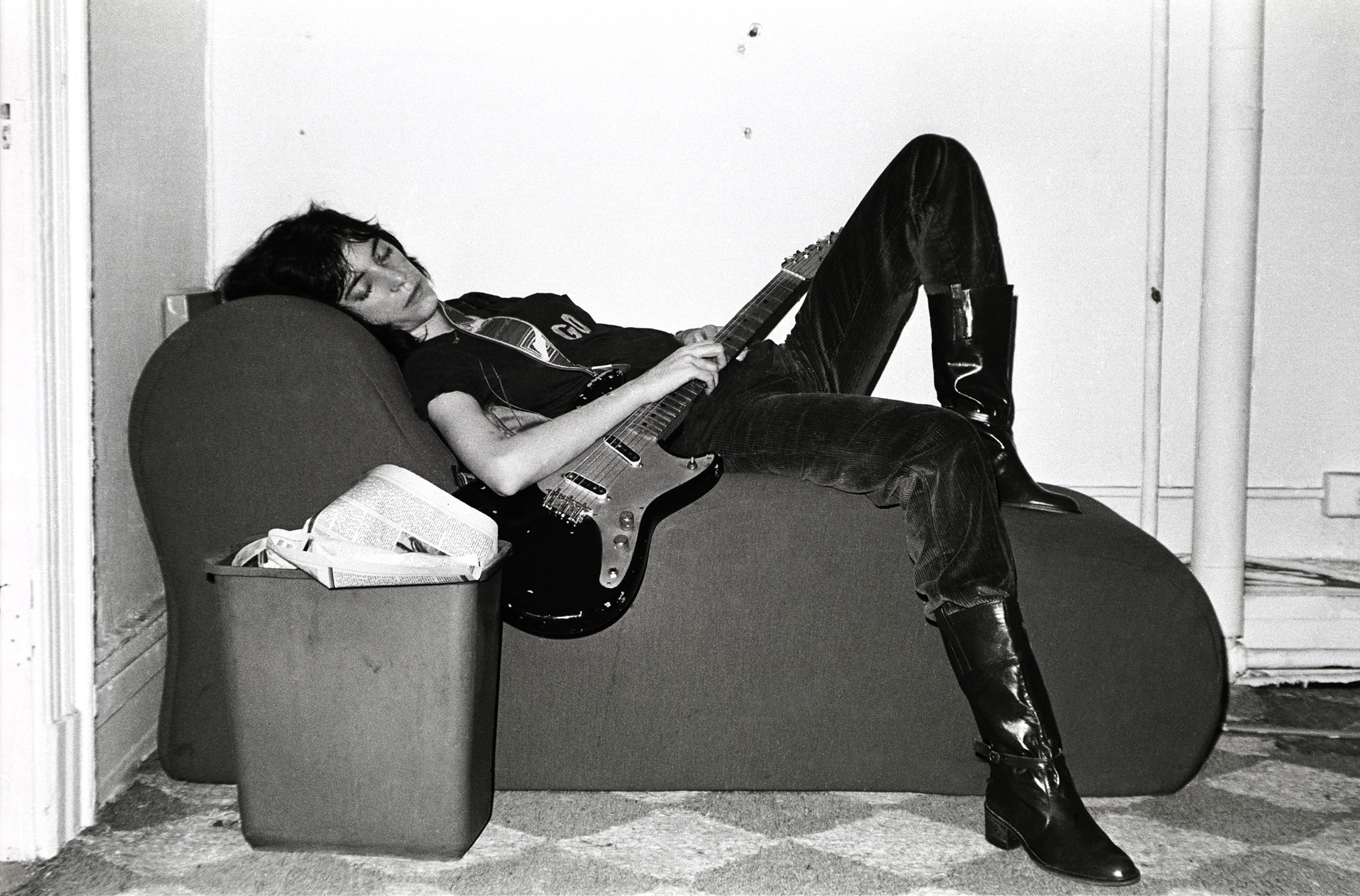
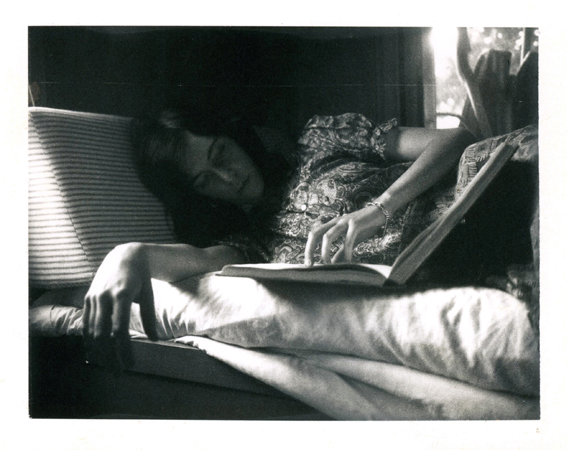

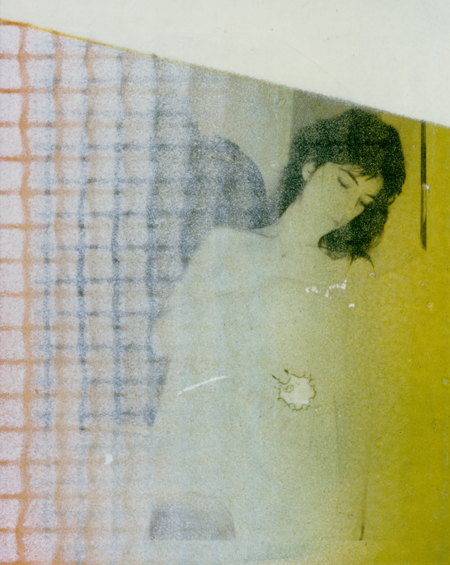
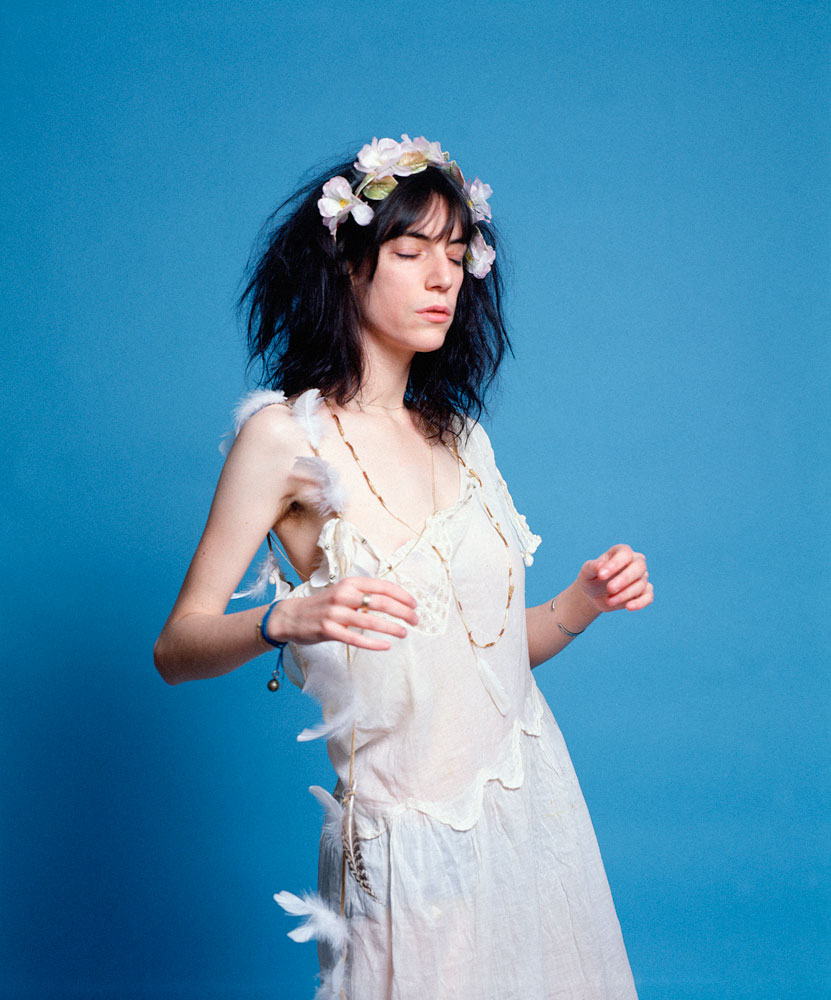

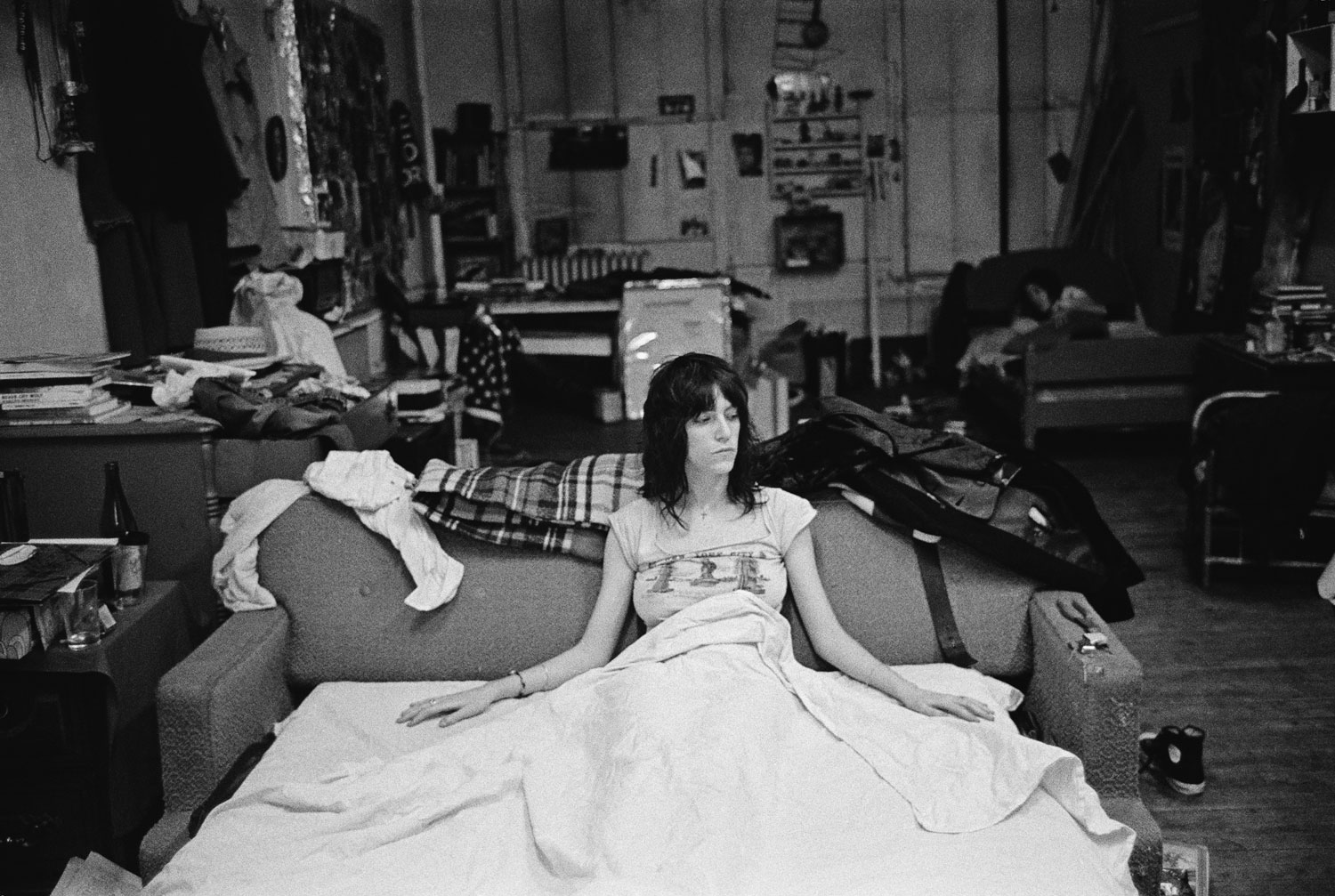
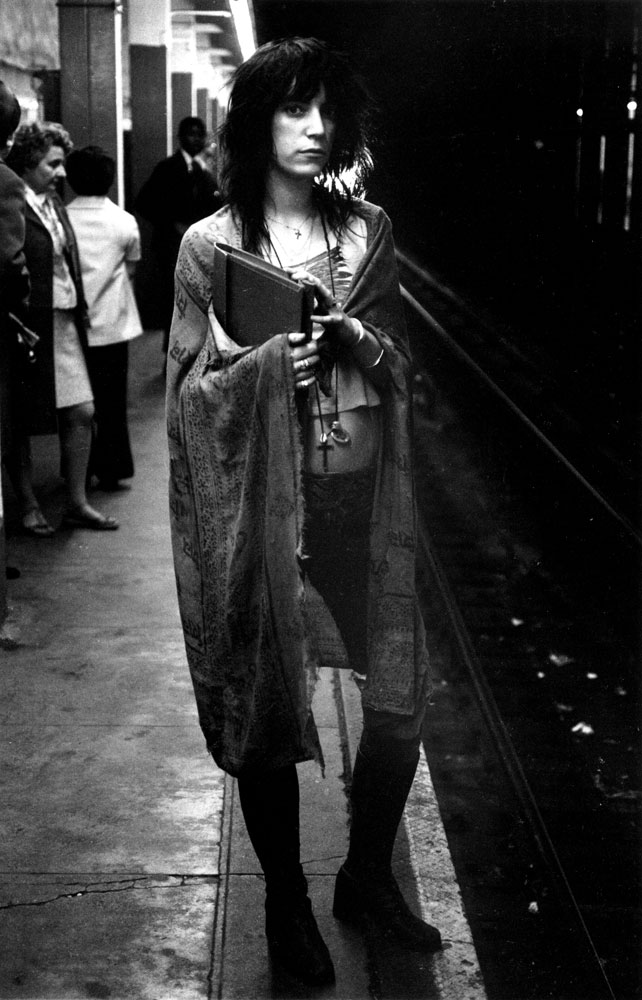
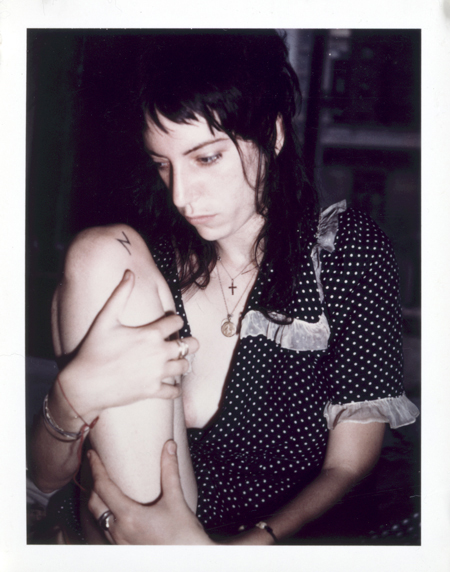

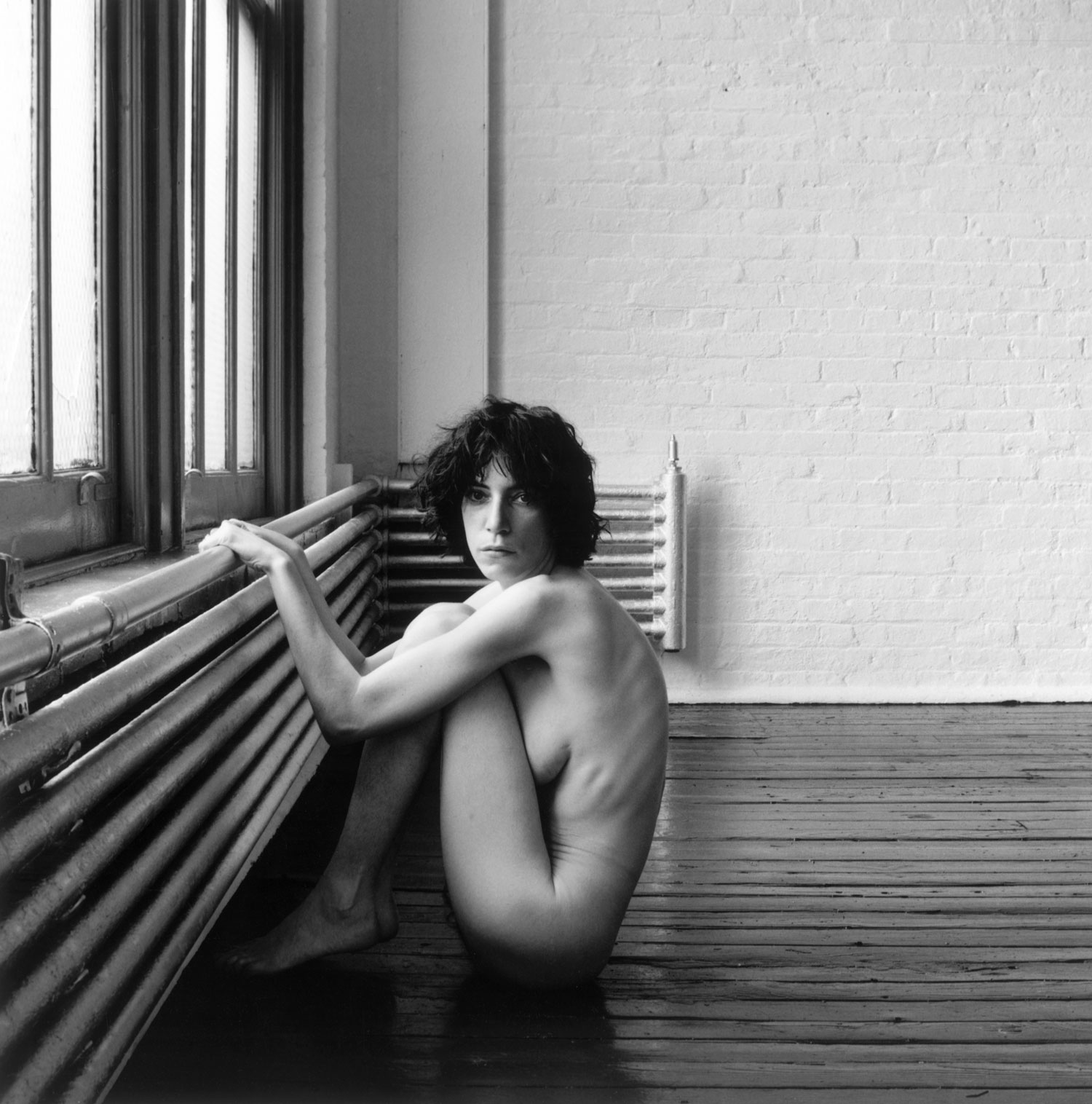
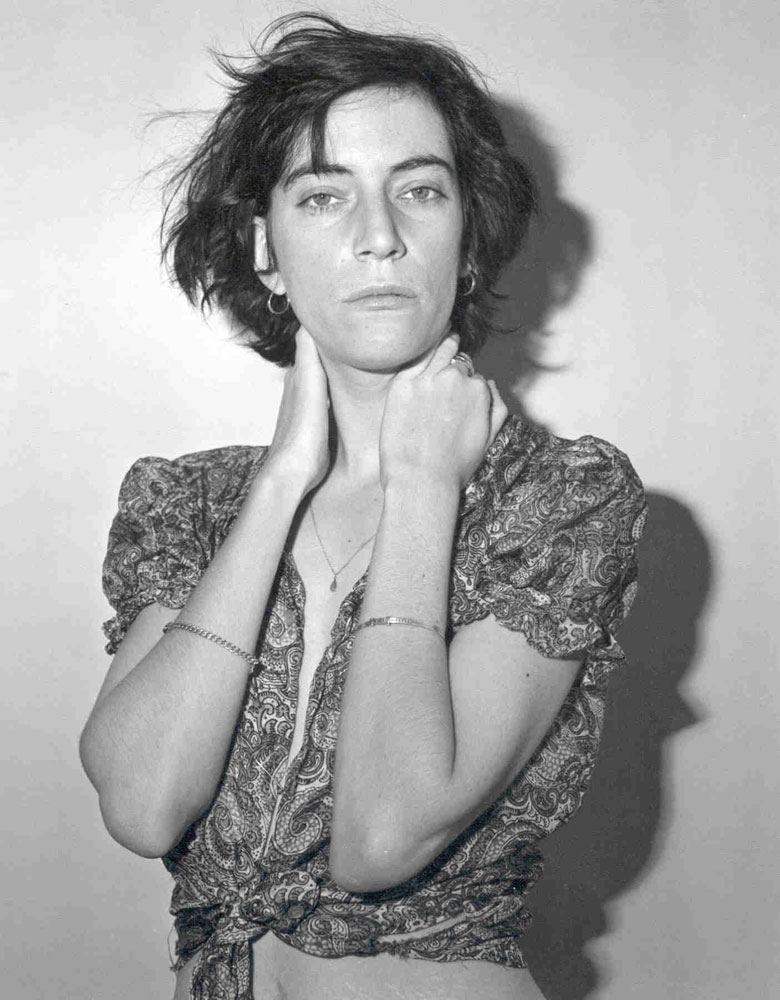
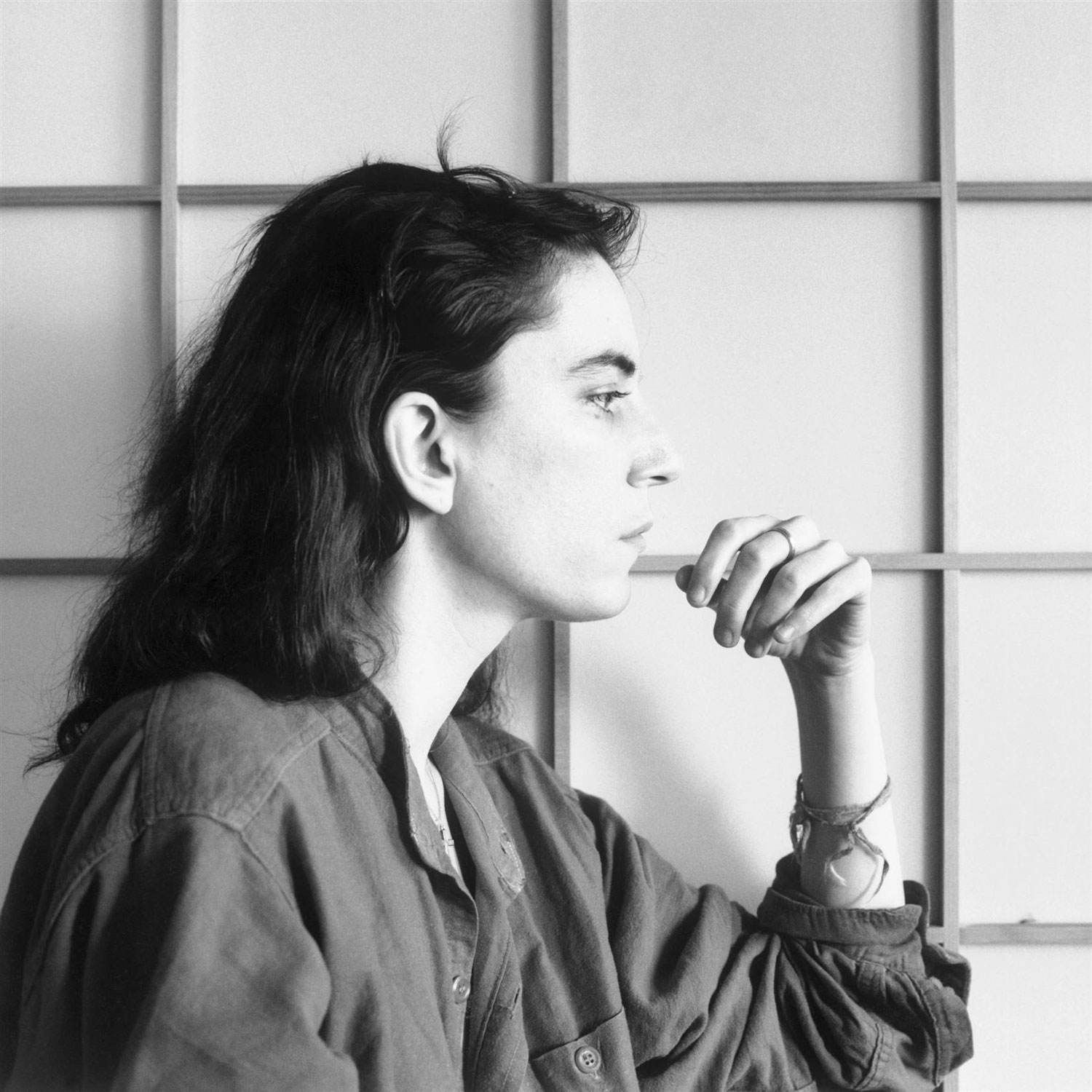
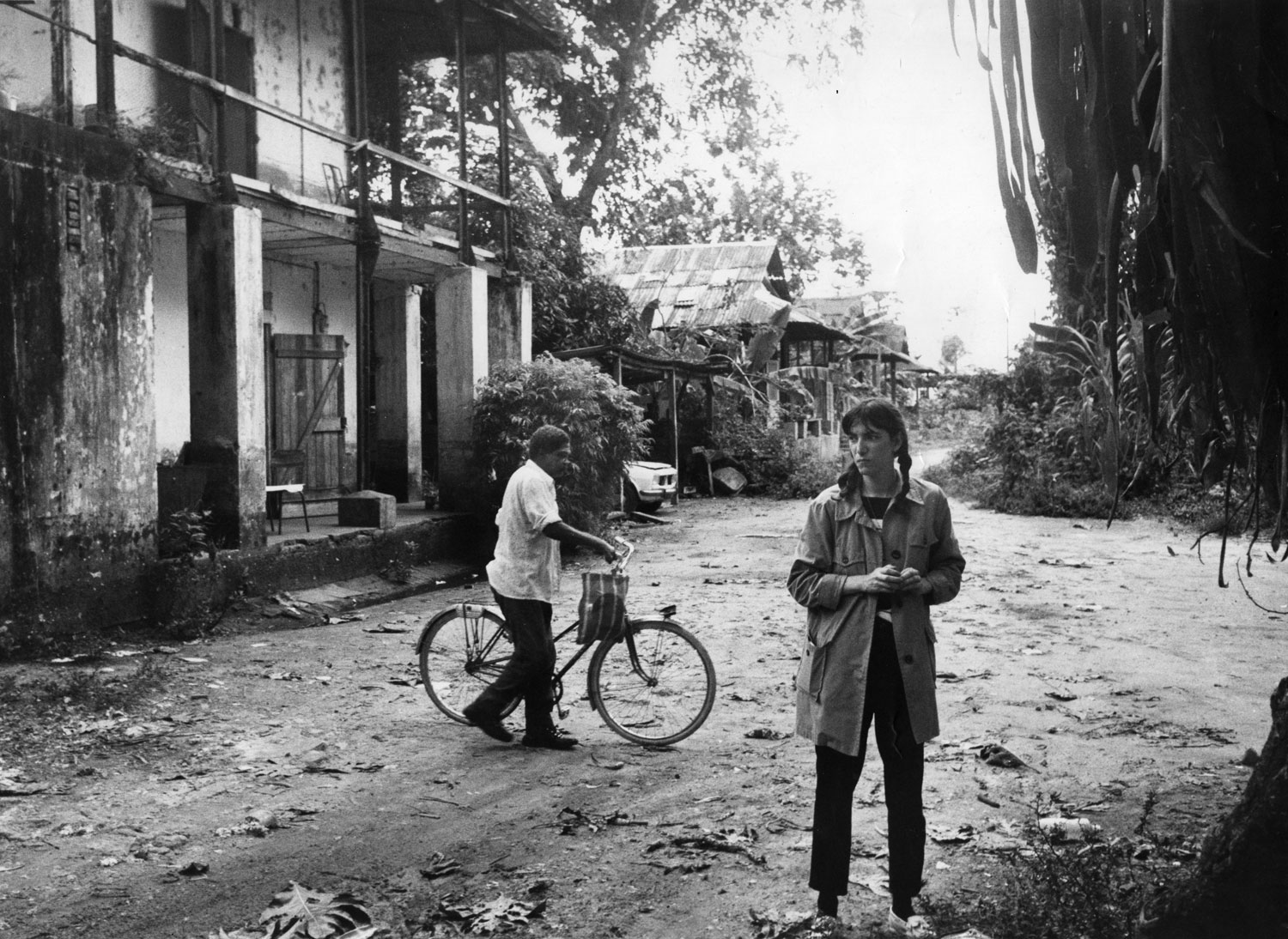

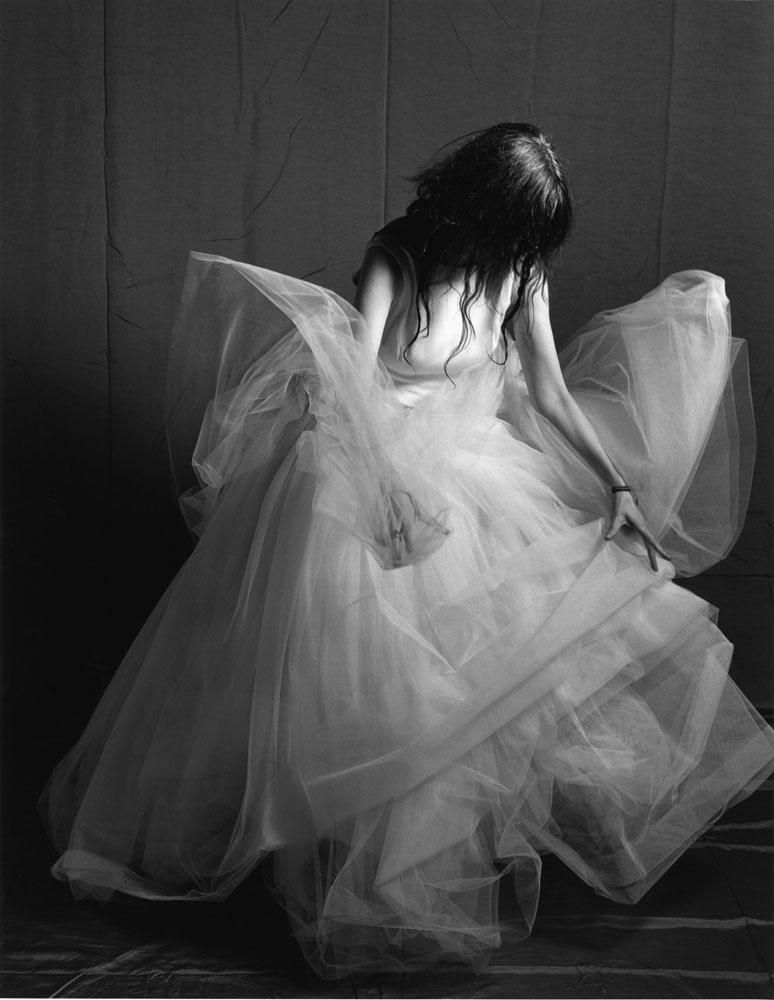
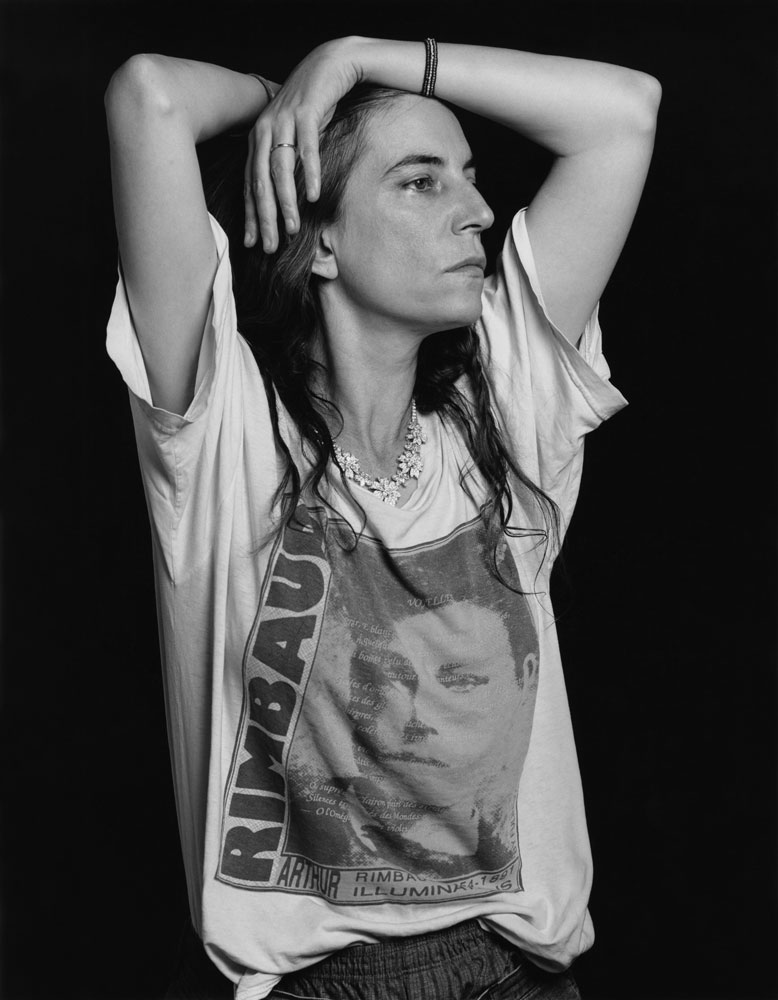

More Must-Reads From TIME
- The 100 Most Influential People of 2024
- The Revolution of Yulia Navalnaya
- 6 Compliments That Land Every Time
- What's the Deal With the Bitcoin Halving?
- If You're Dating Right Now , You're Brave: Column
- The AI That Could Heal a Divided Internet
- Fallout Is a Brilliant Model for the Future of Video Game Adaptations
- Want Weekly Recs on What to Watch, Read, and More? Sign Up for Worth Your Time
Contact us at letters@time.com